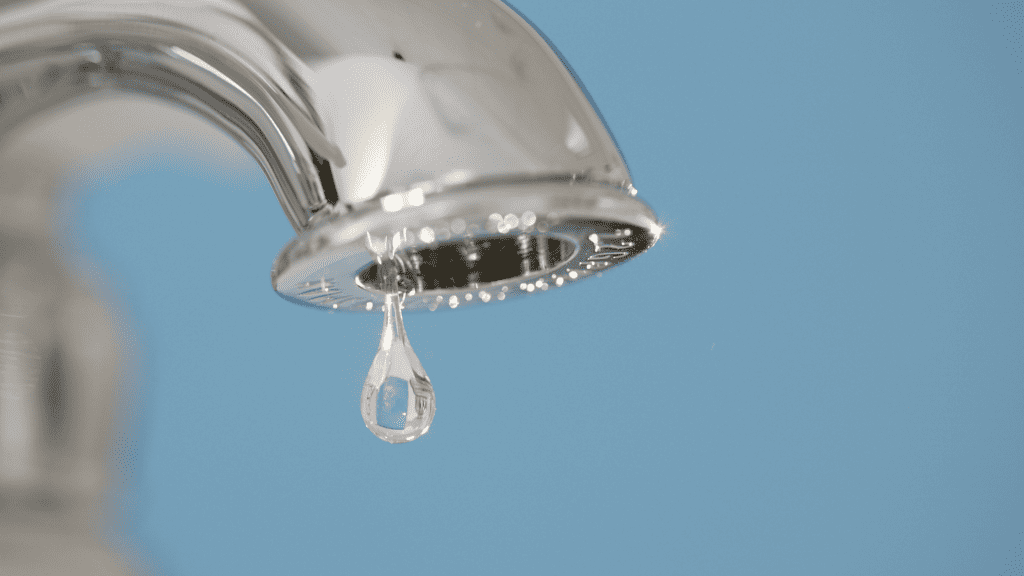Effective Strategies for Fixing Low Water Pressure in Your Home
Effective Strategies for Fixing Low Water Pressure in Your Home
Blog Article
Just how do you really feel when it comes to 9 Reasons for Low Water Pressure in Your House?

Low water pressure in your house can be a discouraging issue, influencing every little thing from showering to washing dishes. If you're experiencing weak water circulation, there are numerous possible causes and solutions to discover. In this guide, we'll discuss typical reasons for low tide stress and sensible steps to resolve the problem efficiently.
Introduction to Low Water Stress
Low tide stress occurs when the flow of water from your faucets, showers, and various other components is weaker than normal. This can make everyday tasks a lot more challenging and less efficient. Comprehending the causes of low water pressure is vital to locating the right service.
Typical Root Causes Of Low Water Stress
Faulty Pressure Regulatory Authorities
Stress regulators are accountable for preserving consistent water stress in your home. If they malfunction, it can cause low water stress or uneven circulation throughout your home.
Community Water Supply Issues
Occasionally, the problem exists outside your home. Local supply of water problems, such as main line leaks or upkeep job, can temporarily lower water stress in your area.
Pipe Obstructions
Gradually, pipelines can come to be obstructed with mineral deposits, sediment, or particles, limiting the circulation of water. This is a typical issue in older homes with galvanized steel pipelines.
Deterioration
Corrosion within pipelines can bring about leakages and minimized water pressure. Corrosion build-up can restrict water flow, specifically in aging plumbing systems.
Exactly How to Diagnose Low Water Pressure
Evaluating Pipes
Check visible pipelines for indicators of leakages, rust, or obstructions. Pay attention to any kind of unusual noises, such as banging or rattling pipelines, which might indicate problems within the plumbing system.
Consulting with a Plumber
If you're not able to pinpoint the source of low tide stress, consider hiring an expert plumber to perform a detailed assessment. They can recognize underlying problems and advise appropriate remedies.
Checking Taps and Fixtures
Start by testing the water pressure at different taps and components throughout your home. If the problem is isolated to certain areas, it might show local troubles.
DIY Solutions to Repair Low Water Pressure
Flushing Water Heater
Debris accumulation in the hot water heater can limit flow and decrease performance. Purging the container periodically helps remove sediment and maintain optimum efficiency.
Examining Stress Regulatory Authority
Ensure that the stress regulatory authority is working properly. Adjusting or replacing the regulator can help restore correct water pressure throughout your home.
Cleaning Aerators and Showerheads
Mineral deposits can accumulate in aerators and showerheads, reducing water circulation. Remove and cleanse these elements routinely to boost water pressure.
Cleaning Clogs in Piping
For small blockages, try making use of a plumbing snake or chemical drainpipe cleaner to clear obstructions in pipelines. Be cautious when utilizing chemicals and follow safety and security guidelines.
When to Call a Specialist Plumber
If do it yourself initiatives stop working to solve the concern or if you presume substantial plumbing problems, it's finest to seek help from a certified plumber. They have the competence and tools to attend to complicated problems safely and successfully.
Preventive Measures to Maintain Water Stress
Setting Up a Pressure Booster
Consider mounting a pressure booster pump to boost water pressure in locations with constantly reduced flow. This can be particularly beneficial for multi-story homes or properties with high-demand fixtures.
Monitoring Water Usage
Be mindful of water usage behaviors and avoid ill-using the plumbing system. Easy modifications, such as shocking showers and laundry loads, can aid keep adequate water pressure.
Normal Upkeep
Set up routine maintenance for your plumbing system to prevent problems such as corrosion, leakages, and blockages. Resolving small problems early can aid prevent more substantial fixings later.
Final thought
Handling low tide pressure can be frustrating, yet recognizing the underlying causes and carrying out suitable solutions can bring back optimum flow throughout your home. Whether it's cleaning up aerators, inspecting pipes, or consulting with a plumber, taking positive actions can make certain a stable supply of water for your daily demands.
FOUR WAYS TO FIX LOW WATER PRESSURE NOW
Turning on a shower or faucet only to find the water comes out in a sad, slow drizzle is never a good feeling. How exactly are you supposed to wash a pan or take a quick shower when it takes 10 minutes just to rinse off a little soap? The good news is that when your water pressure is bad, there's always a cause: typically one that can be easily fixed. Here are some of the most common causes of low pressure and what you can do to fix the issue:
DEBRIS AND MINERAL DEPOSIT BUILDUPS
If you notice low water pressure from just one or two of the fixtures in your house, the problem likely has to do with debris buildup. Water is full of minerals and other debris, all of which can accumulate in your pipes and on your fixtures. This can cause a blockage that affects how much water flows through. To fix this, try filling a small plastic bag with white vinegar, and use a rubber band to hang it around your showerhead or faucet. Let the head of the fixture soak for a few hours, and the vinegar should loosen the deposits.
WATER LEAKS
Leaks are another common cause of low water pressure. If water is flowing out of your plumbing through a hole or crack before it can reach your fixture, the pressure coming out of the faucet or showerhead will be lower. A plumbing professional is your best bet for finding and repairing a leak in your water supply pipes.
Leaks are another common cause of low water pressure. If water is flowing out of your plumbing through a hole or crack before it can reach your fixture, the pressure coming out of the faucet or showerhead will be lower. A plumbing professional is your best bet for finding and repairing a leak in your water supply pipes.
A VALVE ISSUE
If you have low water pressure throughout your home, check your main shut-off valve to make sure it's completely open. You may also want to see if there's a pressure-reducing valve installed. If there is, have a plumber help you adjust the settings to get the pressure you're looking for.
OTHERS USING WATER
Believe it or not, your low water pressure could be caused by your neighbors. If you notice low pressure at certain times of day, it may be because you and the people living next to you have similar schedules - when everyone is showering at the same time, the pressure will be lower in every home. Low pressure throughout the neighborhood may also be caused by an issue with your municipal water supply. If that's the case, call the supplier to see if they're working on the issue.
https://www.rotorooter.com/blog/water-leaking/low-water-pressure-fixes/

Do you like more info about 10 Reasons for Low Water Pressure in Your House? Place feedback down the page. We'd be happy to see your feelings about this page. Hoping to see you back again in the near future. Are you aware of anybody else who is intrigued by the niche? Be sure promote it. I take joy in reading our article about .
Call Report this page